Invisible Lightswitch by Forbes and Lomax
At the acknowledged risk of becoming known as the “switchplate guy” (see Timeswitch, Keep It Cartesian, and Basalte’s Sentido), I’m profiling another of those smallish details that can make or break a room. The Invisible Switchplate by Forbes and Lomax deserves as much, since it presents the enviable and heretofore unseen option of not seeing.
Invisible Switchplate. Designed by Forbes and Lomax.
And when it comes to the often-unsightly eyesore of your typical off-white plastic light switch casing, that’s not a bad option at all. Inspired by the Art Deco glass switches of the 1930s, Forbes and Lomax’s re-vamping preserves the original ingenuity while adding a modern flair. In the first case, the aesthetic of an uninterrupted expanse of wall (excepting the stylish hardware that acts as the actual switch) is achieved; in the second, the functionality is enhanced via the addition of modern convenience: dolly switches, rotary dimmers, standard and European sockets—including telecom and data, audio-visual, and floor sockets—and automated dimming systems.
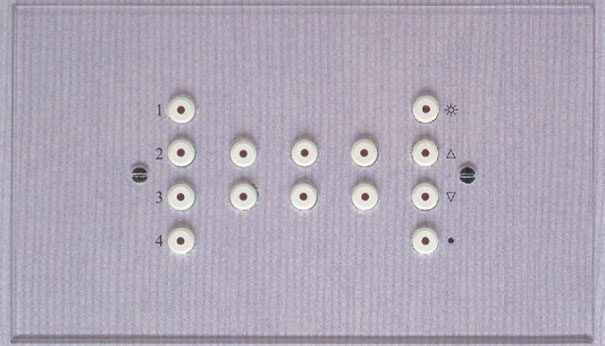
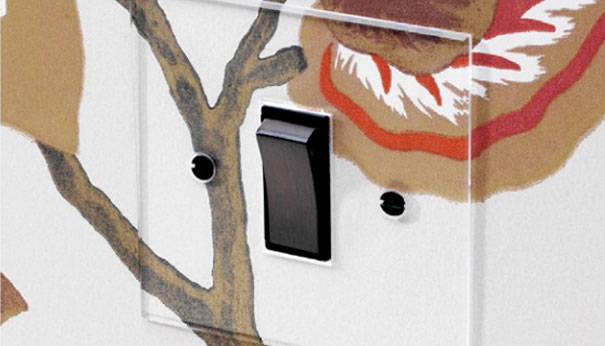

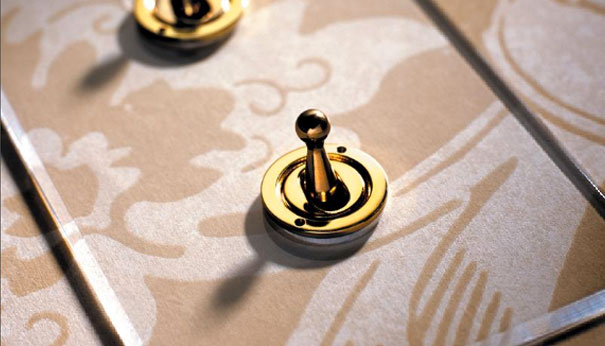
While the plate may present the illusion of a screw-less, glue-less install, in fact, there’s a bit of prestidigitation at play: the invisible switch adheres to the wall with the help of a cleverly-camouflaged .5 mm thick aluminum plate. This plate is attached to the wall, then primed, painted, or wall-papered to match. The actual visible switchplate, made of 3mm beveled, transparent acrylic, is secured with a fixing ring and plastic spanner. The bevel hides any trace of the joint.
Though the Invisible Lightswitch has been around for some time, Forbes consistently updates their line of switch, dimmer, and socket styles, which currently includes classical and modern looks in gold, brass, bronze, and nickel—“a variety of finishes to suit the demands of both traditional and contemporary architects and interior designers as well as electrical contractors.”
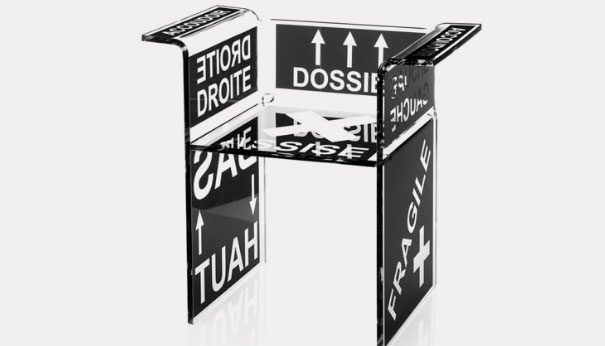

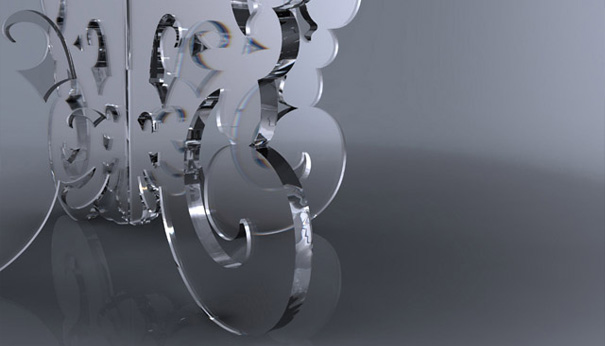

Leave a Reply